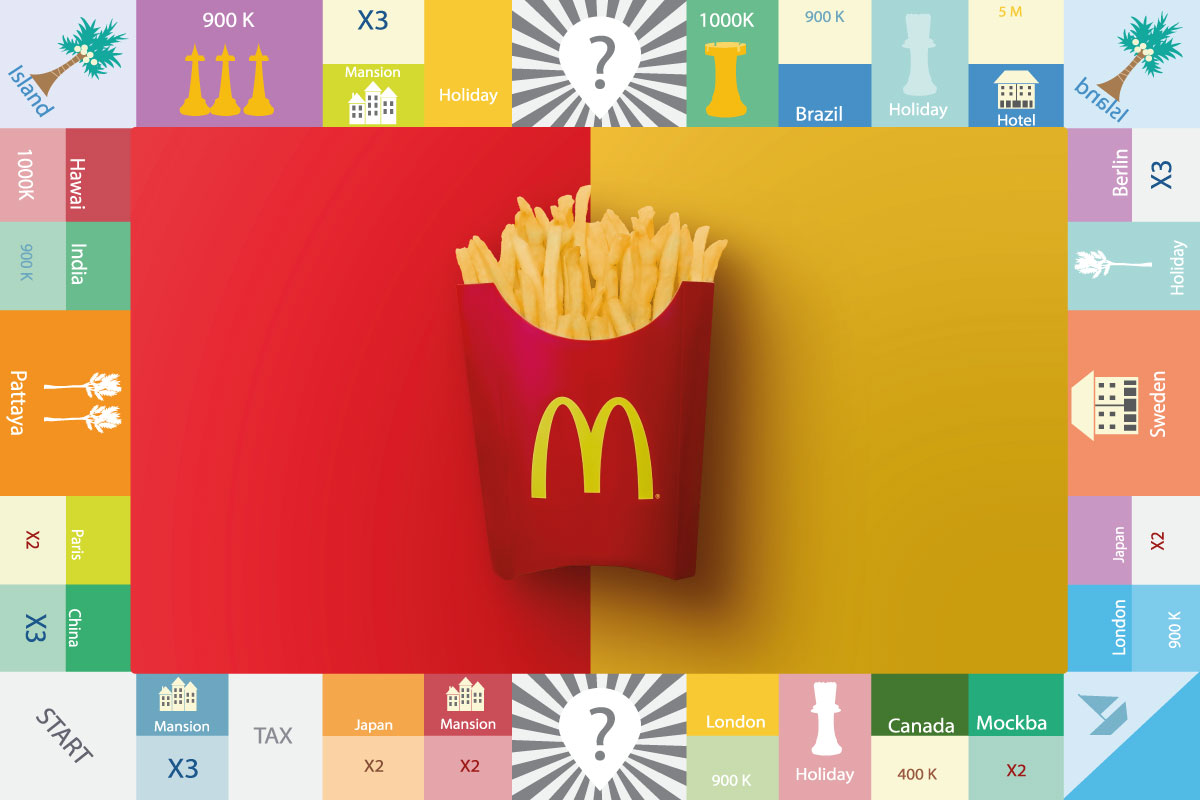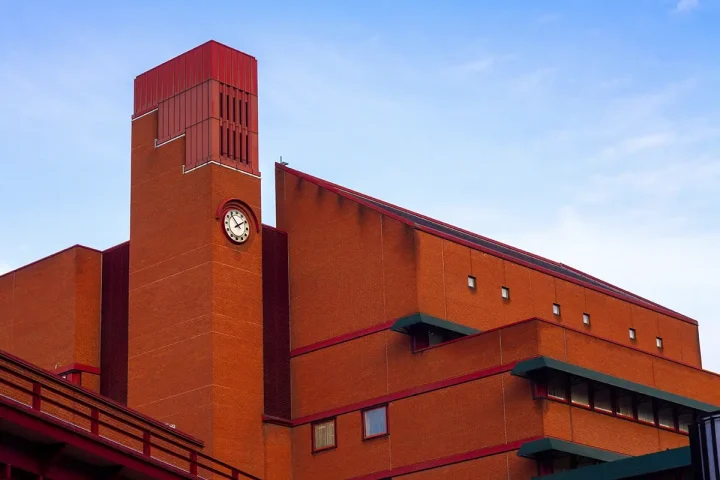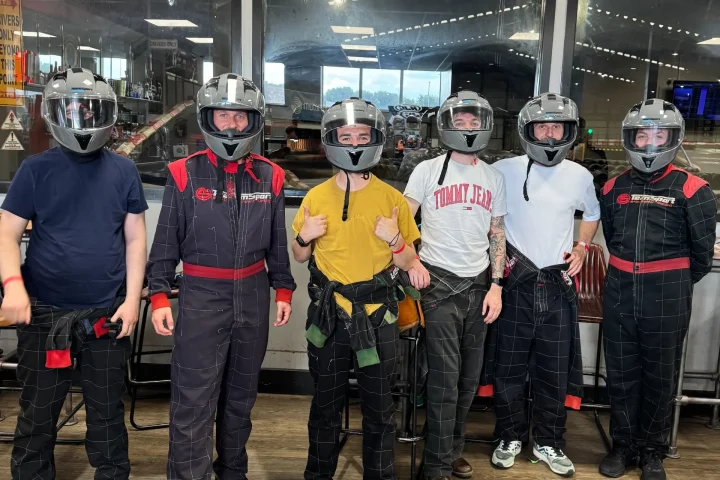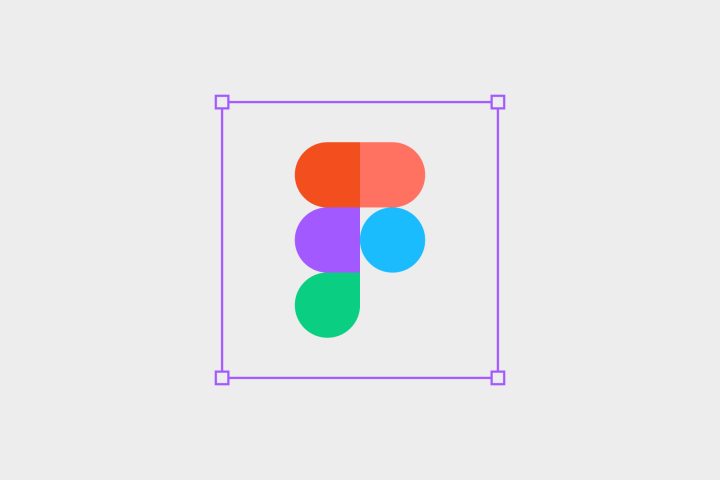Anybody got a spare Bond Street?
McDonald’s Monopoly is back! Like that acquaintance that you keep telling yourself you should see more, but only ever end up seeing once a year; then you’re quickly sick of them again – McDonald’s Monopoly is upon us once again.
Goddamn am I excited, like a slave to consumerism I’ve had my Big Mac meal, but before tucking into a burger I’m not even sure I like, I peeled off my Monopoly stickers.
Would I have gone to McDonald’s today if the game hadn’t been on? No, I’ve got sandwiches in the office fridge that will sit there until Monday lunchtime now.
I went because McDonald’s created demand.
What Is Demand Generation?
Demand generation is what it says on the tin, it is the process of creating demand for a product or service.
Ask a marketeer about demand generation and you’ll be met with answers peppered with terms such as sales velocity, campaign reach, and digital visibility. This is because demand generation is now generally used in the remit of digital marketing. In fact, in October Google are upgrading their discovery campaigns to a new, shiny Demand Gen campaign type.
However, the fundamentals of demand generation have been around for as long as humans have been trading with other humans.
Awareness
A true demand generation campaign will take full advantage of digital marketing tools to maximise the campaign reach, making sure that you’ve heard of a specific product or service. It could be argued that this is brand/product awareness.
It would be a correct argument because that’s exactly what it is, making an audience set aware of a brand product or service.
Awareness does not necessarily create demand, it can do so if a brand is strong enough or an audience is sufficiently invested. Think about Prime, all Logan Paul and KSI did was really go in for the brand awareness – the demand created itself.
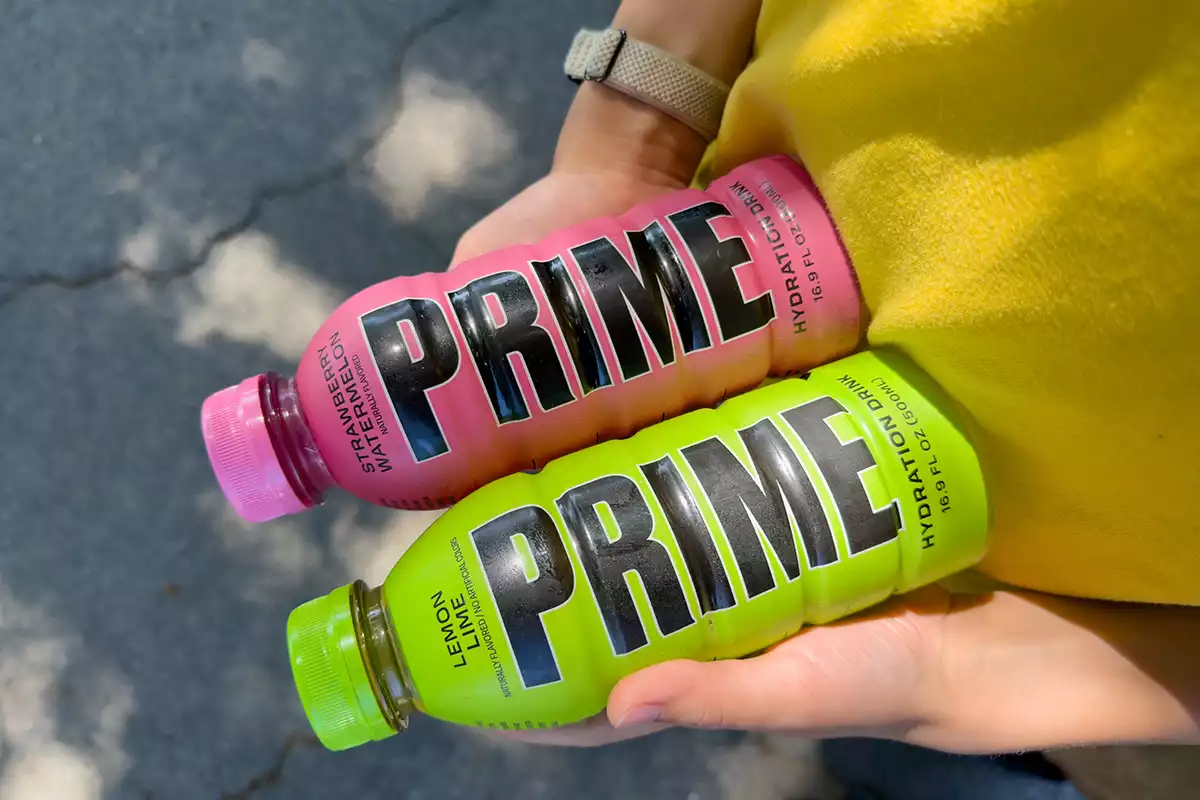
McDonald’s Are Experts At Creating Demand
One of the age old methods of creating demand is to create scarcity, real or not it doesn’t matter as long as the illusion of scarcity is there. Again, think back to the school kids getting all Lord Of The Flies for a bottle of – what I’m told – is a poor tasting drink.
FOMO and scarcity are powerful motivators.
That’s one of the things McDonald’s Monopoly does very well, it creates an illusion of scarcity, of FOMO. I’m sitting on two greens, one more and I’ve got myself an electric car.
Do I want an electric car? Not really. Will I go back to McDonald’s to chance my arm on the third green? Yep! Because I’ll be damned if somebody else will win that car I don’t want ahead of me. Will I win that car?
Nope. Crap prize anyway.
Other Tools Used To Create Demand
So we’ve established that I’m not going to win a car I don’t want, but I’m going to keep trying to win it anyway.
McDonald’s doesn’t stop there in drumming up demand for its annual competition. Beneath the red nose and wig of Ronald beats the (cholesterol-laden) heart of a shrewd marketer. The clown’s no fool. He knows not to stop at simply FOMO.
That wears off quickly, the Monopoly vouchers will soon get forgotten in the (dirty) central console of your car.
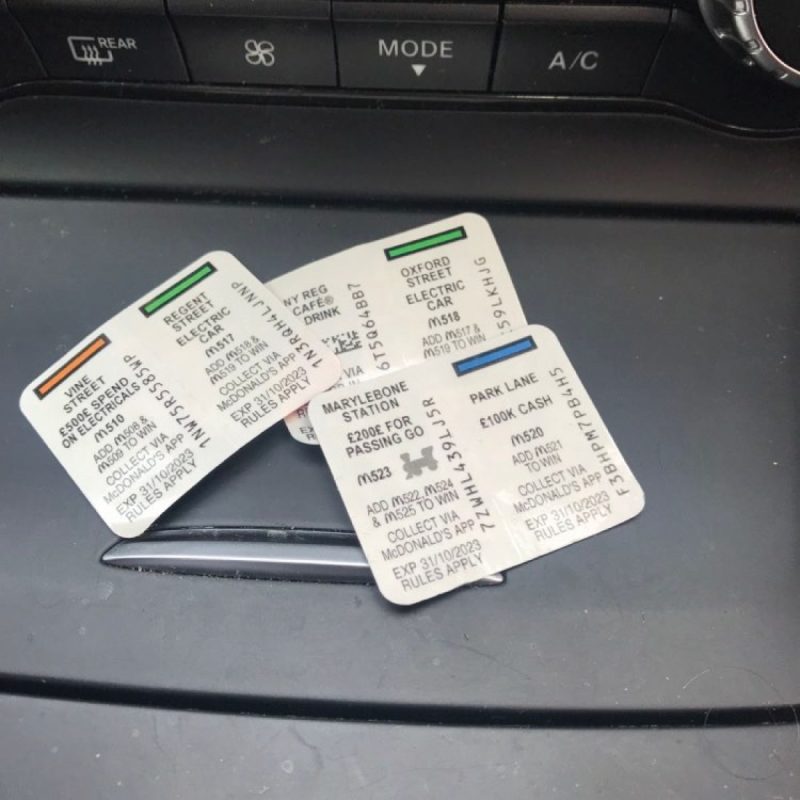
Giveaways
Who doesn’t like something for free?
McDonald’s takes a few approaches with this, you can pretty much guarantee one-in-four of the McDonald’s stickers have a free coffee or something. Who goes into McDonald’s for a coffee and just gets a coffee?
Nobody, that’s who.
Perhaps a deity with a steel will, but certainly not us mere mortals. Nope, you’re back under the thrall of the Golden Arches, marching to their catchy tune.
Are you lovin’ it? Who even cares? Get that free coffee down you and see what’s on your sticker.
Your Data For Pall Mall
They don’t stop there though, there are double stickers on some of their lines if you download an app. It’s only your data, don’t worry about it – you can get a virtual sticker for a competition.
It’s another type of giveaway, except this one costs them absolutely nothing, but gives them a chance to always be in your pocket via their app. All the while, you think you’re getting a freebie.
There’s really only one winner in that transaction and he wears big, red, size 40 shoes.
Familiarity
This comes from years of careful brand building on both Hasbro and McDonald’s part. As a rule, humans are mistrustful of new things.
McDonald’s though, that’s the place you used to get to go to as a treat. Let’s not forget those Sundays playing Monopoly with your family before it ended up in tears and hotels scattered across the living room.
There’s a sense of familiarity, of nostalgia, with these two brands. Look at the Monopoly guy, he’s just a smiley, happy billionaire.
This is less about demand generation and drifts into the realm of demand capture i.e. how a business will capitalise on the demand it’s generated. It is, however, an all important factor in how the process works.
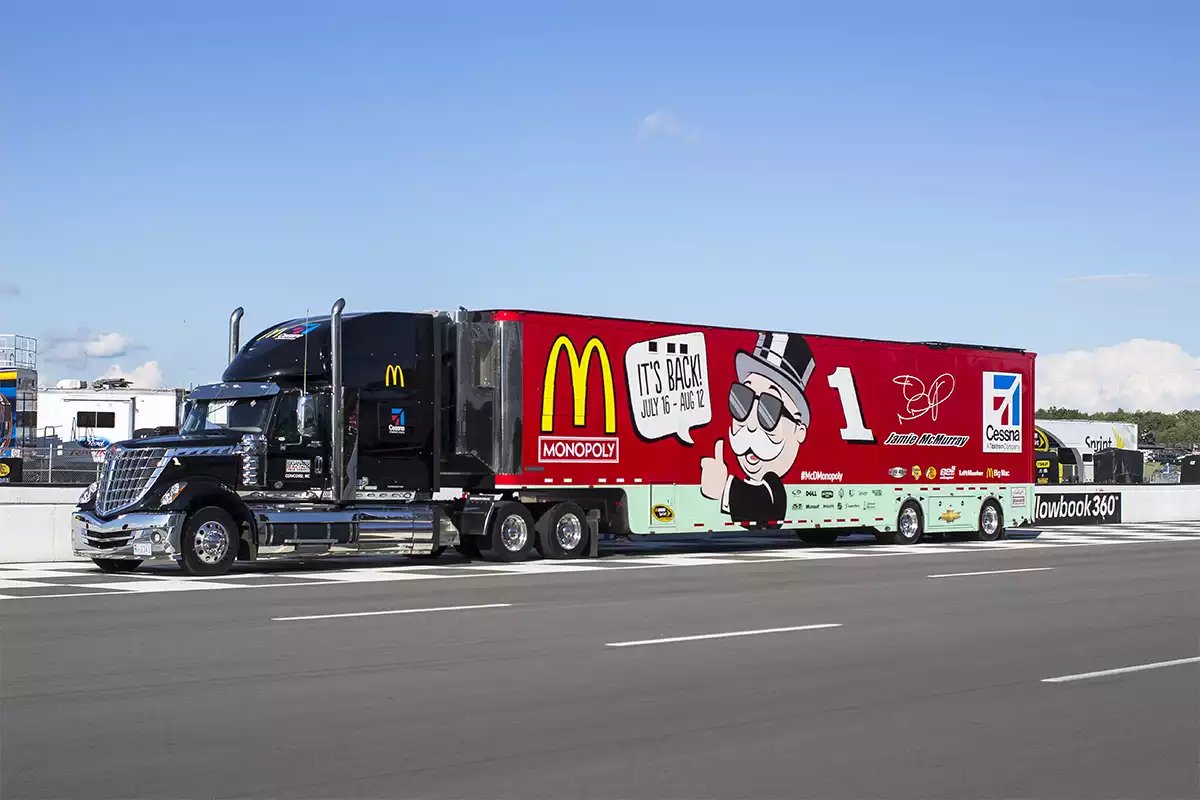
Give Me Them Sweet, Sweet Stickers
This blog post may have come off as cynical. It’s not. I’m the first in line to join the hype of McDonald’s Monopoly, I’ll even go big for the extra stickers, bring it on.
It does highlight though how a well-thought-out, well-executed demand generation campaign can influence consideration in an audience and, ultimately, increase turnover.
I’d get a McFlurry if the machine was working, but there’s more chance of me bagging that electric car.

